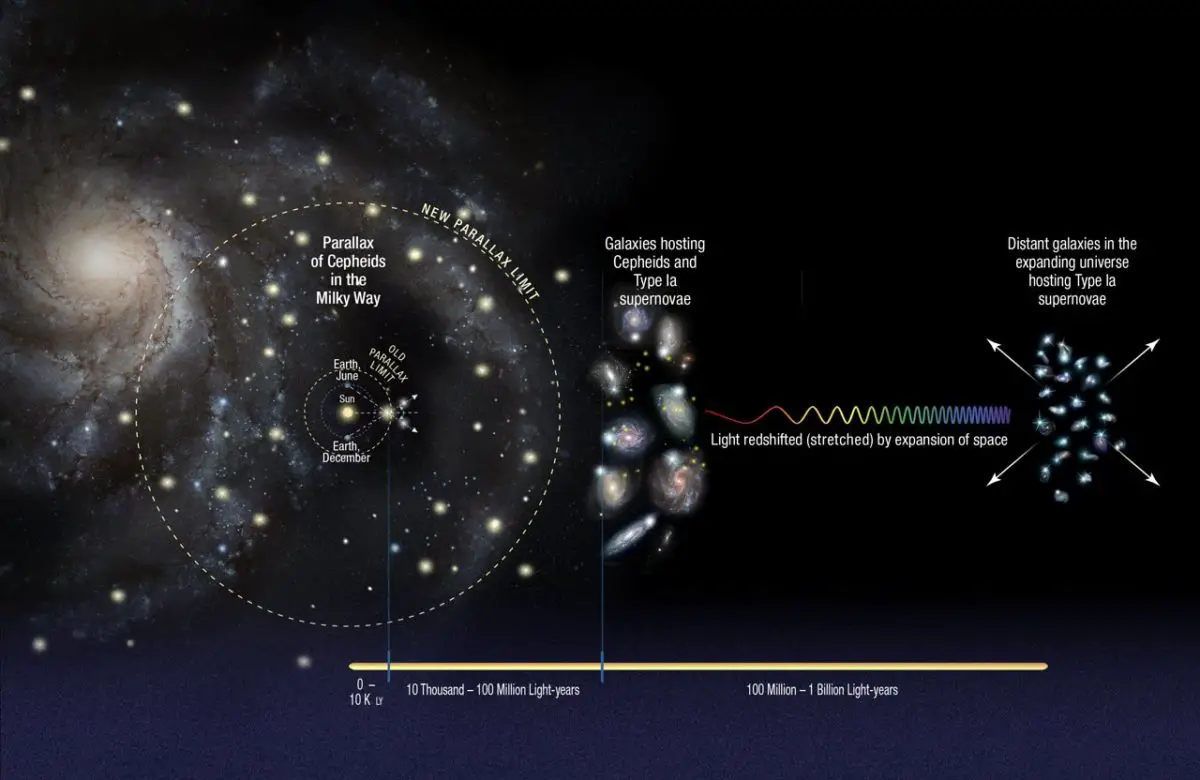

We are fiercely protective of our ‘independent’ status and would like to remain so: it helps us provide quality journalism free from biases and agendas. Now, we need your help to sustain what you started. Thanks to you, we have become Northeast India’s largest, independent, multimedia digital news platform. And we are not saying this: you, our readers, say so about us. Over the past four years, EastMojo revolutionised the coverage of Northeast India through our sharp, impactful, and unbiased coverage. And if we’re talking about a particular object, say a black hole binary system called GX339-4, and it’s only five thousandths as bright as the Crab, we say it’s 5 milliCrab bright. So every X-ray astronomer knows how bright a Crab is. VLA/NRAO/AUI/NSF Chandra/CXC Spitzer/JPL-Caltech XMM-Newton/ESA and Hubble/STScI Dubner (IAFE, CONICET-University of Buenos Aires) et al. Image of the Crab Nebula where red is radio from the Very Large Array, yellow is infra-red from the Spitzer Space Telescope, green is visible from the Hubble Space Telescope, and blue and purple are X-ray from the XMM-Newton and Chandra X-ray Observatories respectively. It’s so bright in X-ray light that astronomers have been using it to calibrate their telescopes since the 1970s. The Crab is a rapidly spinning neutron star (or pulsar) in the remains of an exploded star that is extremely bright when we look at it using our X-ray telescopes.


When astronomers use X-ray light to observe the sky we sometimes measure brightness in “Crabs”. The light we use to take pictures of your bones is called X-ray light. The light we see with our eyes is, for obvious reasons, called “visible” light. The star Vega has an apparent magnitude of 0, which is two and a bit times brighter than the star Antares with an apparent magnitude of 1. NASA/SDOĮven more confusing than a negative brightness, each single step in magnitude is a 2.512 times difference in brightness.

The Sun has an apparent magnitude of –26!ĬONTINUE READING BELOW An image of the Sun taken by NASA’s Solar Dynamics Observatory. We call these brightness values “magnitudes”. Notice here that a brighter star has a lower number. In the second century BC, the ancient Greek astronomer Hipparchus looked up at space and gave the brightest stars a value of 1 and the faintest stars a value of 6. If we want to measure how bright something is, astronomical units of measurement get even weirder. For example, the centre of our very own galaxy, the Milky Way, is about 8,000 parsecs away from Earth, or 1.6 million AU. Parsecs are handy for measuring even bigger distances because 1 parsec = 206,265 AU. Parsec is short for “parallax second”, and if you remember your trigonometry, this is the length of the hypotenuse of a right-angle triangle when the angle is 1 arcsecond (1/3,600 degrees) and the “opposite” side of the triangle is 1 AU. The Sun and Earth are 149 million kilometres apart, and we give this distance a name: an astronomical unit (AU).įor an even twistier unit of distance, we use the parsec (insert Han Solo Kessel run joke here). So if we want to talk about how big Betelgeuse is, it’s much more convenient to use the radius of the Sun as our unit, instead of the radius of Earth (or to describe it as 632 billion Astros).ĬONTINUE READING BELOW Astronomical units and parsecsĪstronomers also use comparisons to measure how far apart things are. Laura DriessenĪt an even larger scale, consider the star Betelguese: its radius is 83,000 Earths, or 764 times the radius of the Sun. Astro the whippet contemplating the wonders of the Universe (probably). That number of Astros is a bit ridiculous, which is why we adjust our unit choice to one that makes more sense. Jupiter’s radius is 11.2 Earths, or 85 million Astros. Earth’s radius is about 638 million cm, or 7.5 million Astros. The basic problem is that lots of things in space are way too big for our familiar units. Stefan Kraft / Wikimedia, CC BY-SA Why do astronomers use such strange units? A platypus that is approximately 1/18th of the size of Asteroid 2023 FH7. But what about a pulsar-wind nebula with a brightness of a few milliCrab? That’s where things get weird. The idea of a planet that’s 85% the mass of Earth seems straightforward.


 0 kommentar(er)
0 kommentar(er)
